Why Does Dog Pee Kill Grass? Understanding and Solutions
- March 5, 2024
- 0 comment
Have you ever noticed yellow spots on your lawn and wondered why they’re there? The culprit is often closer to home than you might think: your furry best friend. While dogs bring us immense joy, their urine can wreak havoc on our lawns.
The Science Behind the Damage
The detrimental effects of dog urine on lawns primarily stem from the urine’s chemical makeup, notably its high concentration of nitrogen. When dogs relieve themselves on grass, they deposit a highly concentrated nitrogen dose directly onto the lawn. Nitrogen, while a crucial ingredient in lawn fertilizers and necessary for healthy plant growth, can be harmful in large quantities. This overabundance of nitrogen leads to a phenomenon known as “fertilizer burn,” which causes the grass in the impacted zone to die, leaving unsightly brown patches. The process begins when urea, the main nitrogenous compound in dog urine, breaks down into ammonia, which subsequently transforms into nitrates via nitrification, aided by soil-dwelling bacteria. This conversion releases nitrogen into the soil, which, in controlled amounts, can foster vibrant, lush greenery. However, the nitrogen level in a single urination event is typically so elevated that it surpasses the grass’s nitrogen absorption capacity, resulting in chemical burns that annihilate the grass, creating a dead, brown center in the affected area.

Around these brown patches, one might often notice a ring of darker green grass. This is attributed to the nitrogen concentration being lower at the edges, which is diluted enough to act as a fertilizer rather than a burning agent, thereby enhancing the growth and greenness of this peripheral grass. To lessen the damage inflicted by dog urine, immediate dilution with water post-urination is advised. Enhancing the dog’s hydration to dilute the nitrogen concentration in the urine before it is eliminated is another preventive measure. Remedial actions for the damaged lawn include removing the dead turf, aerating the soil to boost air and water flow, and reseeding the damaged spots. Employing soil amendments such as wetting agents can also aid in decomposing any lingering urea, thus aiding in soil recovery and the promotion of healthy grass regrowth.
Factors Influencing Grass Damage
The damage inflicted on lawns by dog urine is primarily attributed to the high nitrogen content found within the urine, a direct consequence of its chemical makeup. When a dog urinates on grass, it essentially deposits a highly concentrated dose of nitrogen onto a localized spot. Although nitrogen is an integral component of lawn fertilizers and vital for plant growth, its excessive presence can lead to “fertilizer burn,” which manifests as the death of grass in the impacted areas. The process through which urine affects the lawn starts with urea, the main nitrogenous waste in dog urine, breaking down into ammonia. This ammonia then undergoes nitrification, a transformation into nitrates facilitated by soil bacteria, thereby releasing nitrogen into the soil. In controlled amounts, this nitrogen can foster lush, green growth. However, the problem arises when the nitrogen concentration from a single urination event is so overwhelming that it exceeds the grass’s nitrogen absorption capacity, causing a chemical burn that results in a dead, brown patch at the site of urination.

Interestingly, the peripheral dark green ring occasionally observed encircling the dead patch is a result of a lower nitrogen concentration, which is sufficiently diluted to act as a fertilizer rather than causing burn. This diluted nitrogen fosters more vigorous and greener growth in the ring area compared to the rest of the lawn. To alleviate the adverse effects of dog urine on lawns, immediate dilution of the urine with water post-urination is advised. Enhancing the dog’s water intake can also aid in reducing the nitrogen concentration in the urine before it is excreted. Addressing the damage involves the removal of dead grass, soil aeration to enhance air and water flow, and reseeding the damaged patches. Employing soil amendments such as wetting agents can also assist in decomposing any remaining urea, thereby aiding in soil recovery and the promotion of healthy grass regrowth.
Remedial Actions for Affected Grass
Immediate Actions
- Watering: As soon as you notice a new urine spot, dilute the area with water. This helps to flush out the excess nitrogen and salts from the soil, reducing the “burn” effect on the grass.
- Neutralizing Agents: Applying a solution of water mixed with baking soda or gypsum can help neutralize the area. These agents work by balancing the pH level and mitigating the harmful effects of the urine.
Long-Term Solutions
- Soil Health: Regularly aerating your lawn can improve soil health, allowing for better water and nutrient penetration. Healthy soil is more resilient and can recover more effectively from urine damage.
- Reseeding or Patching: For areas that are severely damaged and show no signs of recovery, reseeding or patching may be necessary. Choose grass seeds that are known for their resilience and match your lawn’s existing grass type.
- Lawn Maintenance: Regular feeding, weeding, and mowing can keep your lawn robust and better equipped to handle the stress of urine spots. A healthy lawn is more likely to recover from damage and resist future incidents.
Alternative Solutions
Dog Rocks
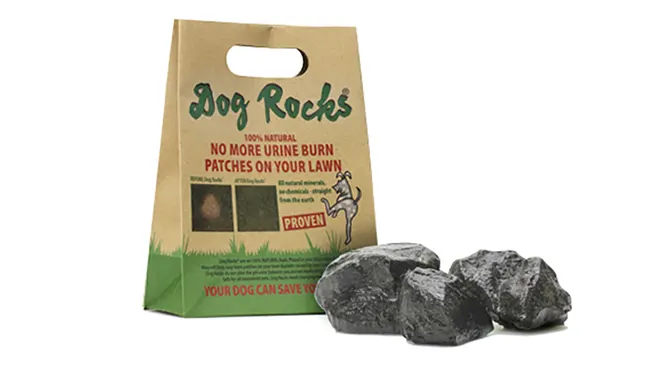
Dog Rocks are an intriguing natural remedy that work by being placed in your dog’s water bowl. These rocks are composed of a special type of mineral that filters out impurities such as nitrates, ammonia, and harmful trace elements from your dog’s drinking water. By doing so, Dog Rocks help to lower the concentration of these elements in the dog’s urine, subsequently reducing its potential to harm grass. This solution is particularly appealing for its ease of use and natural approach to preventing urine burn on lawns.
Artificial Turf

Artificial turf represents a radical yet increasingly popular solution for pet owners. Modern synthetic grass mimics the look and feel of real grass closely but lacks its biological vulnerabilities. Opting for artificial turf means sidestepping the issues of urine damage, as synthetic materials are not affected by nitrogen or salt. Besides eliminating urine spots, artificial turf also cuts down on routine lawn maintenance tasks such as mowing, watering, and fertilizing, making it a favored choice for those seeking a beautiful, low-effort yard.
Urine-Resistant Grass Seeds
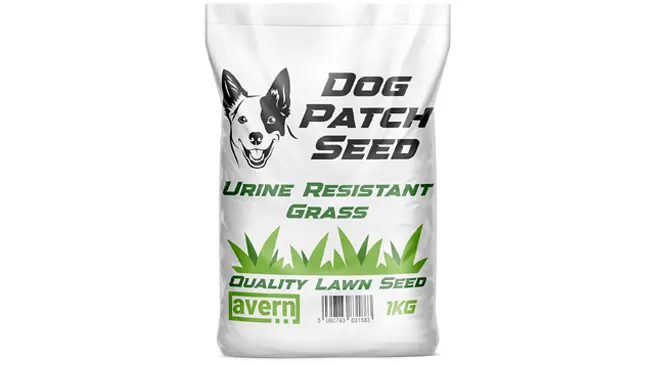
Investing in urine-resistant grass seeds is a proactive measure to enhance your lawn’s resilience against pet urine. Certain grass varieties, like Bermuda, Fescue, and Ryegrass, have shown a higher tolerance to the nitrogen and salt content in dog urine. By selecting these species for patching up damaged areas or for initial lawn seeding, you can cultivate a more robust lawn that remains green and lush despite the presence of pets.
Pee Posts
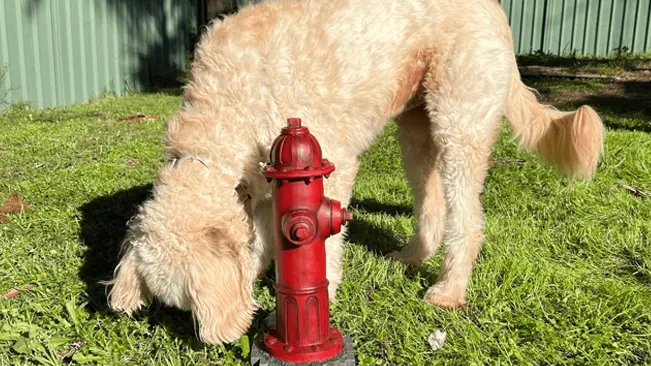
Pee posts offer a targeted solution by encouraging dogs to use specific areas of the yard for urination. These stakes are treated with pheromones that attract dogs, effectively training them to urinate in designated spots rather than randomly across the lawn. This strategy not only helps in keeping the rest of the yard free from urine damage but also aids in maintaining overall cleanliness and order in outdoor spaces.
Enzyme-Based Lawn Treatments
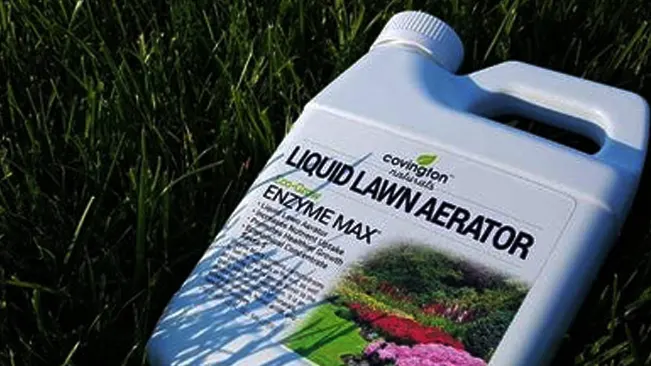
For those dealing with existing urine damage or looking to prevent future issues, enzyme-based lawn treatments present a scientifically backed option. These products contain enzymes that specifically target and break down the nitrogen compounds in dog urine, thus neutralizing its harmful effects on grass. Regular application of these treatments can aid in repairing urine-damaged spots and safeguarding the lawn from potential future damage.
Understanding Grass Types
Cool-season grasses
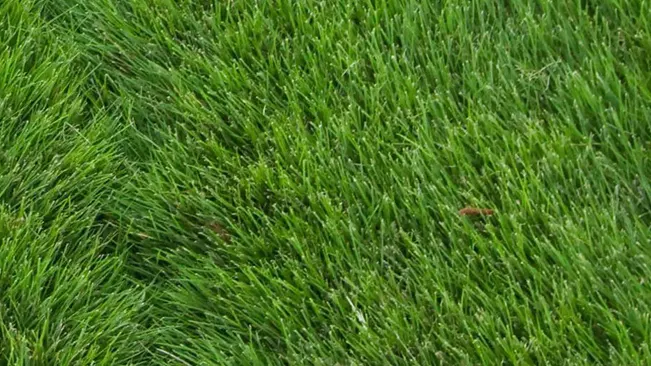
Thrive in areas with cold winters and mild summers. They grow most vigorously during the spring and fall when temperatures are cool. Common types of cool-season grasses include Kentucky Bluegrass, known for its fine texture and rich color; Perennial Ryegrass, valued for its quick germination and establishment; and Fescues (Tall Fescue and Fine Fescue), which are known for their drought tolerance and ability to thrive in shadier areas. These grasses are ideal for lawns in the northern regions of the United States and similar climates.
Warm-season grasses
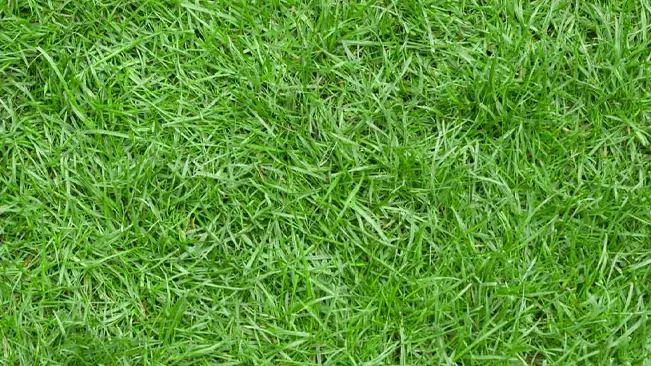
On the other hand, are best suited to regions with hot summers and mild winters. They grow most actively during the summer months. Popular warm-season grasses include Bermuda grass, which is highly drought-tolerant and wear-resistant, making it a good choice for high-traffic areas; Zoysia grass, known for its dense growth and tolerance to a variety of soil types; and St. Augustine grass, which is preferred for its shade tolerance and ability to thrive in warmer coastal areas. These grasses are commonly found in the southern United States.
Conclusion
In summary, the unsightly brown patches on lawns caused by dog urine are primarily due to the high nitrogen content in the urine, leading to “fertilizer burn.” Understanding the breakdown of urea into ammonia and nitrates helps explain the occurrence of these patches and the surrounding greener growth. To address this, immediate dilution of urine with water and increasing the dog’s water intake are effective preventative measures. For affected areas, steps such as removing dead grass, aerating the soil, reseeding, and using soil amendments like wetting agents are vital for recovery. Proactive and remedial actions can significantly mitigate the impact of dog urine on lawns, maintaining a healthy and visually appealing outdoor space for both pets and owners.
FAQs
- Why does dog urine kill grass?
Dog urine contains high levels of nitrogen and salts, which, in concentrated amounts, can cause “burn” spots or yellow patches on the grass. This is similar to the effect of over-fertilizing a particular spot on your lawn. - Can all types of grass withstand dog urine?
Some grass types are more resistant to urine damage than others. Varieties like Bermuda, Fescue, and Ryegrass tend to be more tolerant of the high nitrogen content in dog urine. - Are there any immediate steps I can take to prevent urine damage once my dog has peed on the lawn?
Yes, watering the spot immediately after your dog urinates can help dilute the urine, reducing its concentration and potentially preventing damage to the grass. - How can changing my dog’s diet help prevent lawn damage?
Adjusting your dog’s diet to lower protein levels can reduce the amount of nitrogen in their urine. However, any dietary changes should be discussed with your veterinarian to ensure they meet your dog’s nutritional needs. - What are Dog Rocks, and how do they work?
Dog Rocks are a natural mineral product that you place in your dog’s water bowl. They work by filtering out impurities such as nitrates and ammonia from the water, which can reduce the concentration of these elements in your dog’s urine, making it less harmful to your lawn. - Is artificial turf a good solution for homes with dogs?
Artificial turf can be an excellent solution for pet owners, as it is not affected by dog urine and requires minimal maintenance compared to natural grass. It also eliminates the worry of urine spots and other lawn care tasks. - What are some long-term solutions for repairing urine-damaged grass?
For severely damaged areas, reseeding or patching with urine-resistant grass seeds can be effective. Additionally, maintaining a healthy lawn through regular aeration, fertilization, and mowing can enhance its resilience against damage. - Can urine damage be completely prevented?
While it’s challenging to completely prevent urine damage, especially with multiple dogs, implementing strategies like frequent watering, spot training, and using urine-resistant grass types can significantly reduce the extent of damage. - Are there any environmental concerns associated with using Dog Rocks or artificial turf?
Dog Rocks are a natural product and generally considered environmentally safe. Artificial turf, on the other hand, has both pros and cons regarding environmental impact, such as its long-term durability versus potential issues with disposal and microplastic shedding. It’s important to research and consider the most sustainable options for your situation. - How can I train my dog to use a specific area of the yard for urination?
Training your dog to use a designated spot can involve leading them to the area on a leash consistently until they learn to go there on their own. Using products like pee posts, which emit pheromones that attract dogs, can also be helpful in training them to use a specific spot.

Joel Cunningham
Forestry AuthorI'm Joel Cunningham, an expert in pruning and weed management with over a decade of experience. My skills are rooted in formal training and extensive practice, focusing on advanced pruning techniques and efficient weed control. I'm known for my quality work, precision, and deep understanding of plant health and soil dynamics. My contributions extend to educational initiatives where I share sustainable practices and advice, establishing myself as a reliable and authoritative figure in the gardening community.




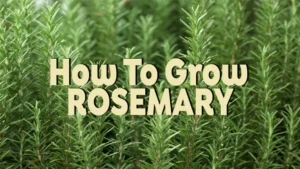


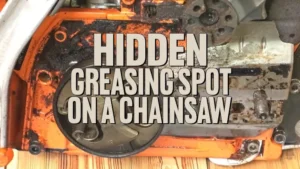



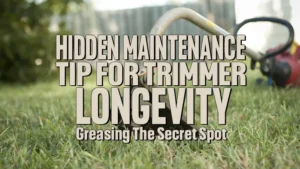

Leave your comment